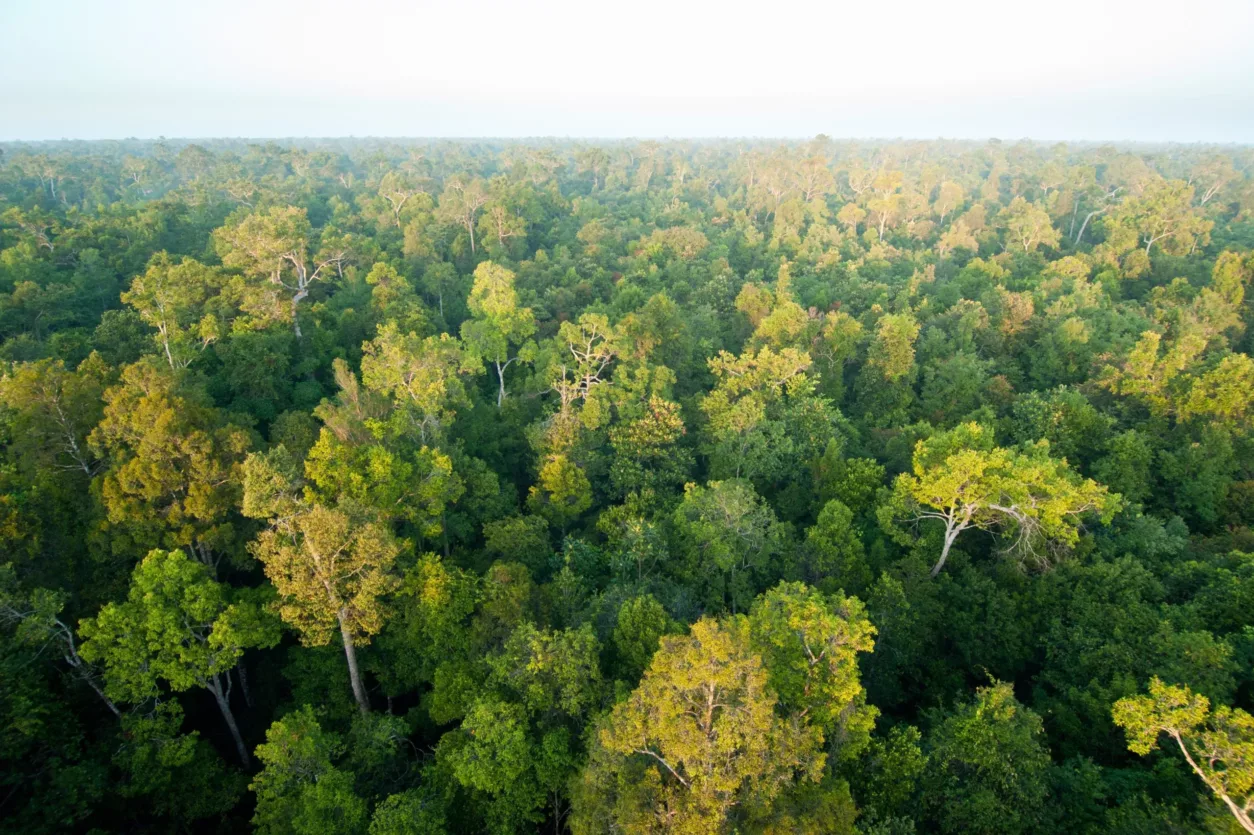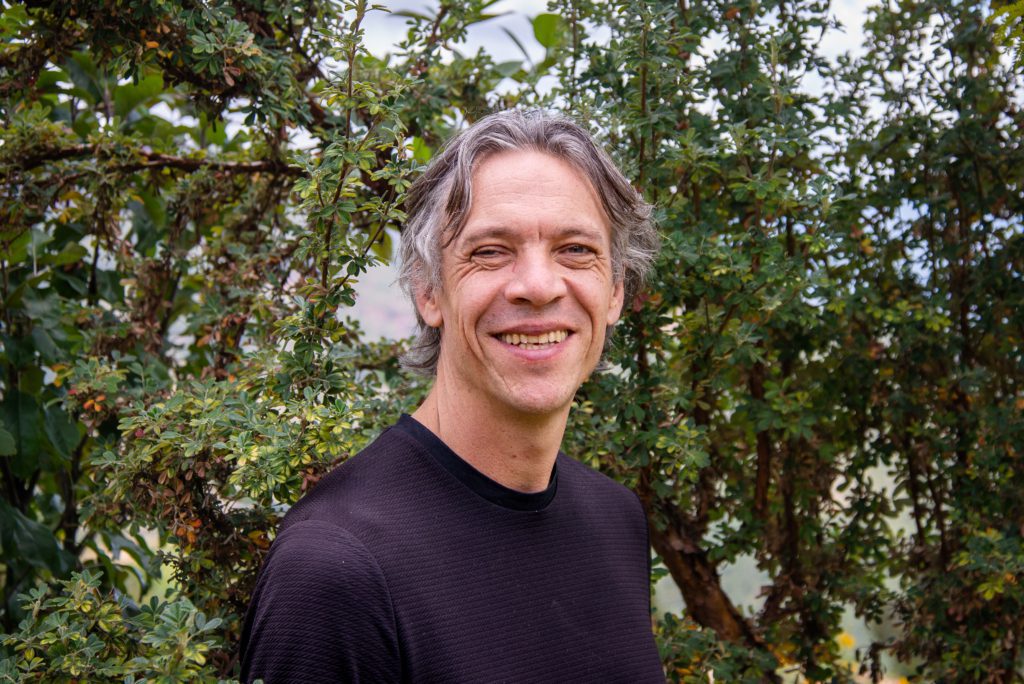5 questions to colleague Jeroen about forest restoration in Borneo
25 May 2023

25 May 2023
At some places in the world, you find biodiversity hotspots: areas that are home to exceptionally high numbers of endangered plants and animals. For example, the island of Borneo, where we started supporting a project this year. Jeroen van der Horst, manager international projects, talks about why this is necessary.
“Alongside climate change, the loss of biodiversity is a big problem that is underestimated. Without pollinators like insects and bats, or seed distributors like birds and mammals, a large number of tree species will disappear from our planet. That increases soil erosion, disrupts the water balance in forests and aggravates the climate crisis. It is a vicious circle, which we aim to break by planting forests. A healthy forest is inextricably linked to healthy biodiversity.”

“On Borneo, we’re restoring the tropical rain forest in Sebangau National Park, along with our project partner Borneo Nature Foundation. It’s one of the most valuable peat swamp forests in the world. These forests sequester enormous amounts of carbon, besides forming the habitat for countless plants and animals, including the Bornean orang-utan, which is threatened with extinction. This species of ape is a key one. If the orang-utan is thriving, then so is the forest, as well as many other plants and animals.”
“Sebangau National Park is under the supervision of the government. But it’s difficult to protect the park, due to its size and the limited means available. Involving the residents of surrounding villages increases the level of control. Besides being involved with the planting, the residents are also responsible for fire prevention and weekly patrols. This ensures that the forest is better protected, there is better water retention and the peat remains wet, thus reducing the risk of forest fires.”
On Borneo large parts of the tropical rain forests have disappeared due to illegal logging and forest fires. So we are planting 100,000 new trees, in collaboration with families from the surrounding villages, who cultivate and protect the young trees.
Read more about the project“I have a lot of respect for the local participants who work day and night on maintaining the forest. Planting trees is an important way of protecting forests in the long term. Communities receive income and the forest is restored. Moreover, the dedicated population forms a shield against illegal activities, such as felling. Every year, a couple of hundred hectares of forest is planted, but the impact of this strategy is many times greater.”
“During my work in the tropics, I’ve watched the forests disappearing rapidly. I’ve also seen that in order to restore and maintain forests in the long term it’s crucial to involve the local population. We make this possible through the financial support of our donors; not only on Borneo, but also in Mexico, for example, and on Madagascar. Our projects are relatively small-scale, but they are a role model for reforestation and sustainable land use in the wider region.”
Do you want to contribute to the restoration of tropical rainforest on the Indonesian island of Borneo? Plant a tree with us. For every tree on Borneo, we also plant one tree in the Netherlands.
Plant a tree